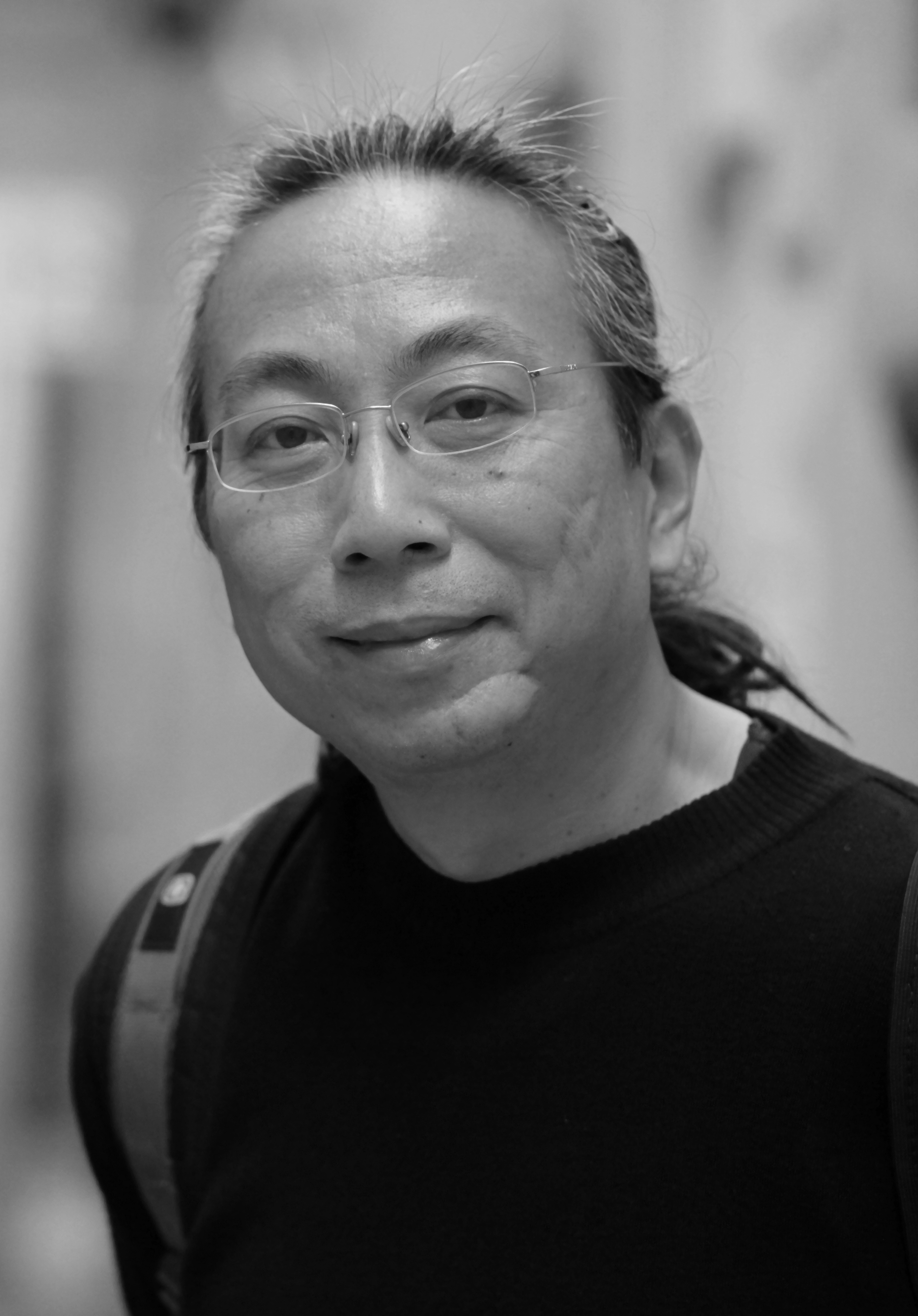事務所簡介
北京同堃建築設計事務所(普通合夥)2004年由東梅女(nǚ)士和(hé)劉小川先生創辦,是一家以設計實踐爲依托的(de)民營研究機構。 堅持在“一題一解,分(fēn)别處理(lǐ)”的(de)建築實踐中進行總結與研究。十多(duō)年來(lái),作品範圍從策劃、規劃、建築、室内、景觀、可(kě)持續技術整合、到文化(huà)性企劃。從宏觀到微觀綜合把控項目全程。追求“思辨中開啓土地的(de)靈性,空間裏品味與自然的(de)共生”。
别處空間的(de)主要研究與實踐方向:
1. 與地域文化(huà)和(hé)自然環境和(hé)諧共生的(de)建築創造。建築不是孤立于場(chǎng)地環境的(de)自我表達,而是根植于場(chǎng)地的(de)人(rén)們生活與交往場(chǎng)所。通(tōng)過空間組合、形體、材料等與場(chǎng)地自身文脈相互依存。
2. 綠色建築的(de)本土化(huà)實踐。BCKJ 是中國可(kě)持續發展的(de)先行者,多(duō)個(gè)作品獲得(de)了(le)歐盟綠色認證。其可(kě)持續發展的(de)設計原則已成爲建築設計的(de)基本要求。
3. 文化(huà)遺存的(de)發展性保護。在發展中保護老房(fáng)子,留住城(chéng)市記憶。
4. 空間社會學策劃。通(tōng)過研究空間與人(rén)的(de)行爲相互關系,激發空間的(de)活力,把建築學拓展至社會學領域。
5. 定制化(huà)木(mù)結構建築的(de)研究。通(tōng)過對(duì)木(mù)材特性的(de)掌握,重新诠釋現代木(mù)結構建築的(de)魅力。
6. 靈性空間的(de)創作與探索。建築不僅要庇護人(rén)的(de)身體,同時(shí)要庇護人(rén)的(de)心靈,在教堂及現代佛寺的(de)實踐中,努力追尋觸碰心靈的(de)那一刹。

-
東梅
主持建築師
國家一級注冊建築師
教授級高(gāo)級工程師
北(běi)京大(dà)學景觀設計學研究院客座教授
北(běi)京林(lín)學會 理(lǐ)事
中國風景名勝區(qū)協會體育旅遊專業委員(yuán)會 副主任

-
劉小川
總建築師
國家一級注冊建築師
高(gāo)級工程師
-

李瀚軒
-

李瀚軒
-

李瀚軒
-

李瀚軒
-

李瀚軒
-

李瀚軒
-

李瀚軒
-

李瀚軒

聯系方式
地址:北(běi)京市朝陽區(qū)北(běi)土城(chéng)東路12号,華夏科技園
電話(huà):010-88423472
手機:18500193098
工作申請:hr@a-bckj.com








